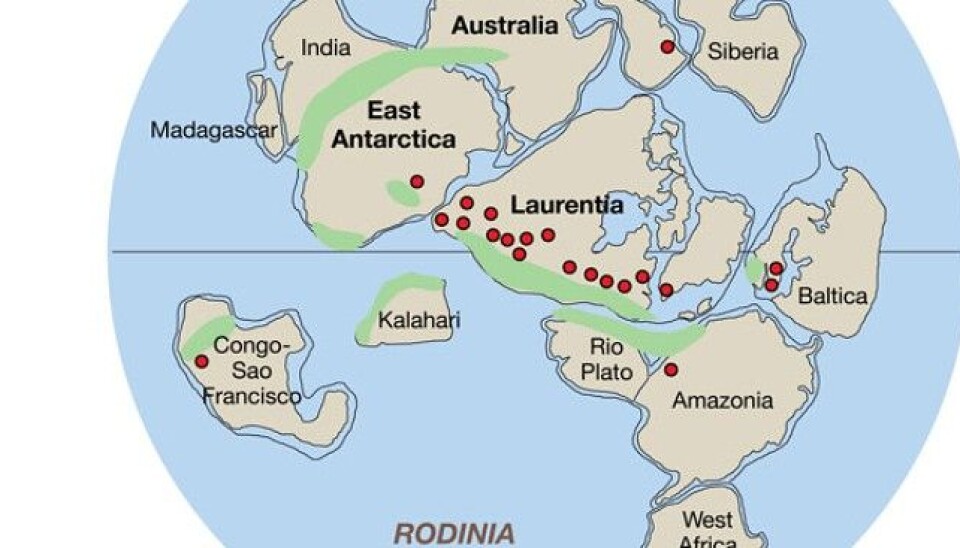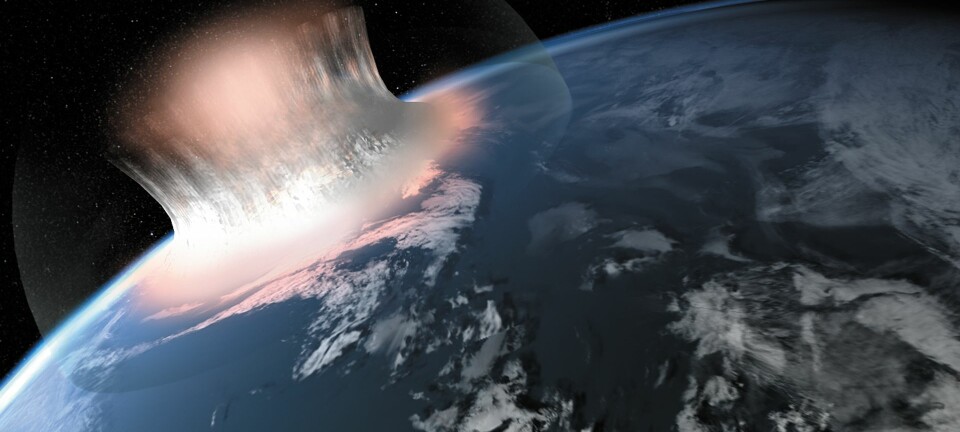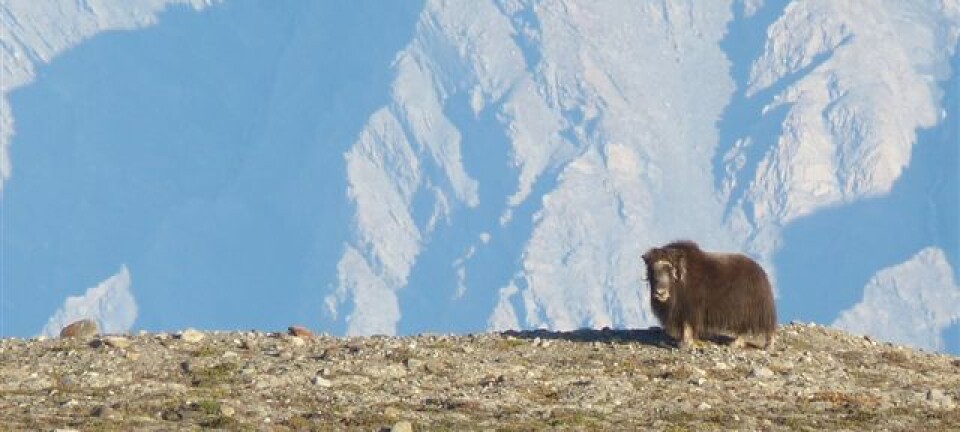
Remains of early supercontinent found
Scientists have found evidence of an ancient continent beneath Mauritius.
Denne artikkelen er over ti år gammel og kan inneholde utdatert informasjon.
The continents we know today clung together until about 200 million years ago, when the supercontinent Pangaea broke apart.
Being the most recent, Pangaea is the best known supercontinent, but it was far from the first.
A billion years ago much of the Earth’s land mass was assembled in another supercontinent that geologists have called Rodinia.
Norwegian scientists have found parts of this ancient supercontinent in the Indian Ocean beneath Mauritius.
Mauritia under Mauritius
“The Seychelles represent the remains of a Precambrian continent after the division of the supercontinent Pangaea. We think comparable continental remains are found beneath the island of Mauritius,” says Geologist Trond Torsvik.
Torsvik, head of the University of Oslo’s Centre for Earth Evolution and Dynamics, has teamed up with other scientists from Norway, Great Britain, South Africa and Germany in publishing an article on their discovery in Nature eoscience.
The research group thinks they have found parts of Mauritia, a land mass that connected Madagascar and India until Rodinia started to break apart 750 million years ago.
Ancient minerals
Analyses of grains of sand from the beaches of Mauritius convinced the research team that remains of Rodinia are hidden beneath the island.
The grains of sand stem from a volcanic eruption nine million years ago, but the minerals they contain are very much older.
“We found zircons that we extracted from the beach sands, and these are something you typically find in a continental crust. They are very old in age,” said Torsvik to BBC.
The zircons dated to between 1,970 and 600 million years ago. The team concluded they were remnants of ancient land that had risen to the surface of the island during a volcanic eruption.
“Right now the Seychelles is a piece of granite, or continental crust, which is sitting practically in the middle of the Indian Ocean. But long ago, it was north of Madagascar. And what we are saying is that maybe this was much bigger, and the Indian Ocean could be full of these continental fragments,” says Torsvik.
He points out that these are speculations and that additional research is needed before conclusions can be made with any degree of certitude.
Torsvik says relevant information can be gained from deep drill cores, high-resolution seismic data and more discoveries of zircons combined with geo-chemical and geo-chronological analyses and plate tectonic reconstructions.
Translated by: Glenn Ostling
































